
Python Vehicles Australia Cobra race car
Story and Photos by Steve Temple
They do things a bit differently Down Under. Take snakes, for instance. The pythons of Australia have no venom, and contrary to popular misconception, they don’t crush their prey to death. The speed with which the coils are applied is impressive and the force they exert is significant, but death is caused by cardiac arrest.
There’s another kind of python in Australia that might give competitive drivers a heart attack, too, as it strikes with impressive speed. That’s the Python developed by George Vidovic, a Cobra replica with a whole ’nother twist. Before we reveal how he found a new way to skin a replisnake, a bit of history is in order.
As recounted in his self-published book, Pride Passion Persistence — One Man’s Automotive Dream, he was inspired back in 1979 by a movie, The Gumball Rally, to travel to America and purchase a Cobra. That replica served as a starting point for decades of development, culminating in the car shown here.
Despite lacking any formal training in engineering, his first version of the Python brand uncoiled in 1982 at the International Motor Show in Sydney. Admittedly a shaky start, with only a 302 Ford for power, the design would evolve over the years from a ladder frame with MGB fronts and a Jaguar rear end, to a tubular space-frame chassis with custom, purpose-built suspension. And a whole lot more, as we’ll see.
It took years of track-hardened use to develop the current configuration, experimenting with a variety of Ford and Chevy engines. George has competed in more than 300 individual races, winning an owner/driver championship in 1998, and a team owner championship in 2000, among many other achievements.
What’s the competition-grade setup now being campaigned here in the States? The fronts feature dual, unequal-length A-arms fixed to a General Motors steering rack and uprights and damped by KONI adjustable coilover shocks. The Raybestos six-piston calipers squeeze down on 330 mm vented discs.
Out back is an independent rear suspension consisting of an 8.8-inch differential and CV joints, and unequal-length control arms with alloy uprights and adjustable KONI coilovers. The brakes are four-piston units.
Under the removable cowl hood lurks a 358 ci (5.8-liter) NASCAR dry-sump V8 built by John Sydney Racing to deliver 600-plus horses. Power surges through a four-speed Jerico gearbox. The engine bay is far from pretty, but its execution is functional and menacing.
So too is this race car’s cladding, with radical aero treatments at both the leading and trailing ends, plus a large rear wing, all to reduce drag and increase downforce. Pods for the side exhausts and ducting at the rear quarters are also designed to enhance airflow.
As George puts it, in 2014 he created “a new bodied, Cobra-style car that wouldn’t lose the essence of the legendary Cobra, yet would still be able to bring the body shape into the 21st century.” In other words, “the Python looks like a Cobra that has swallowed a Le Mans LMP1 race car.”
While George is the main driver of the Python (literally, in many cases), he’s sold his tooling and operation to David Murphy of TRJ Engineering, who plans to export the Python to the States. Either left- or right-hand drive cars will be available with a variety of packages, ranging from street to competition configurations.
Whatever setup you prefer, it’s clear that this Aussie snake is not to be trifled with. Watch out for its lighting strike, coming soon to a track near you.

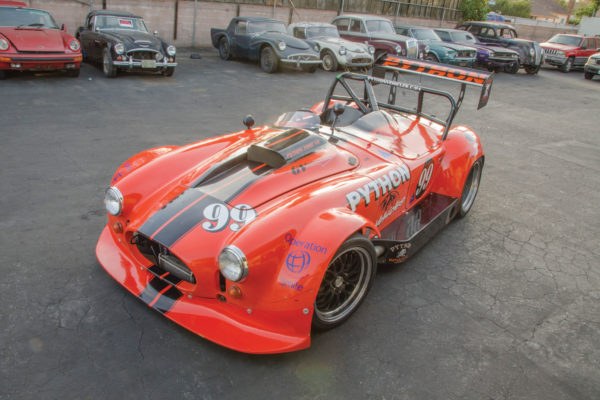
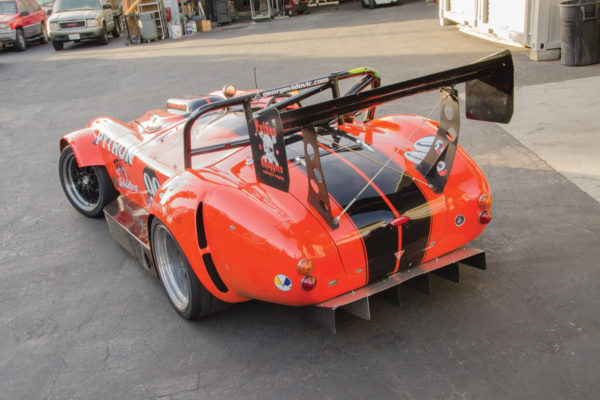
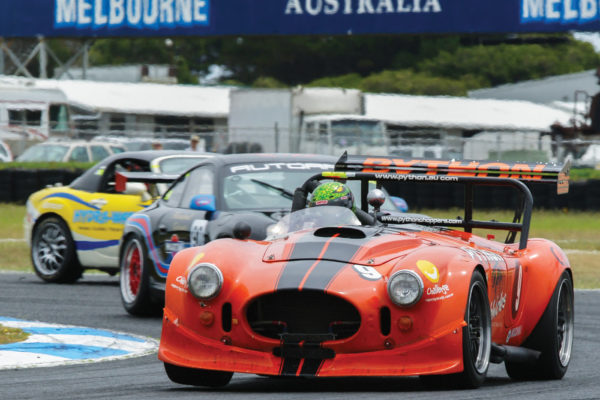
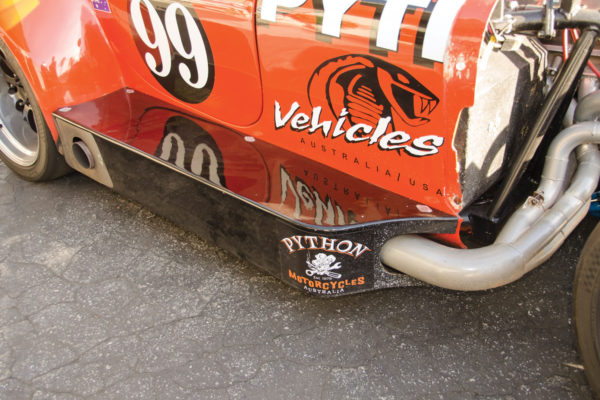
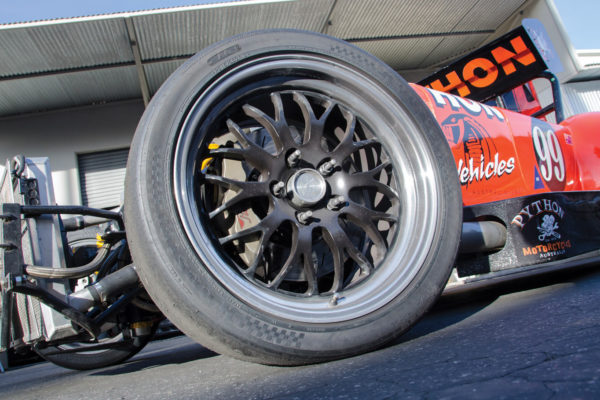
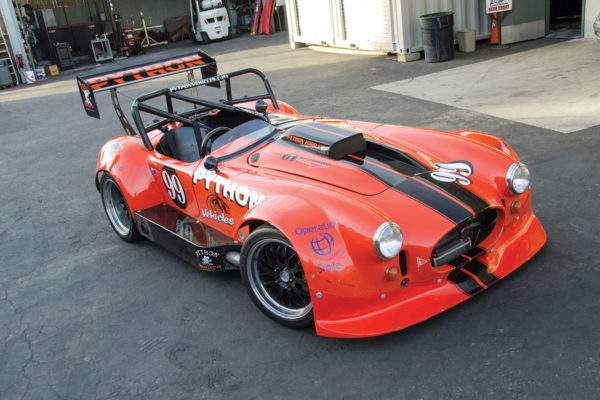
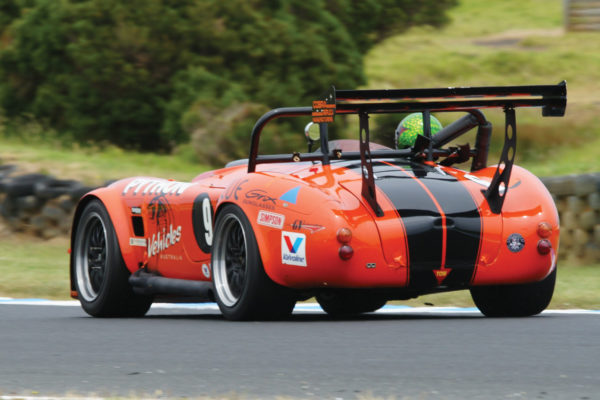
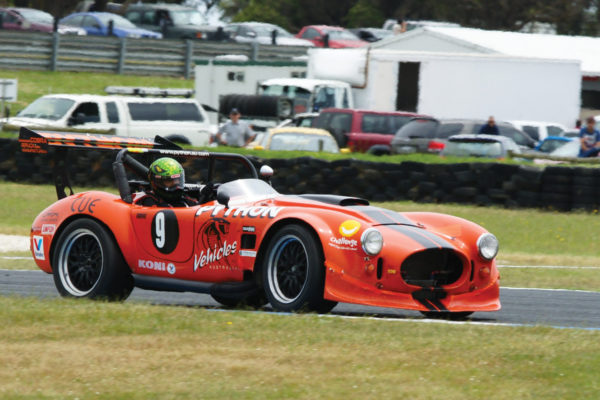
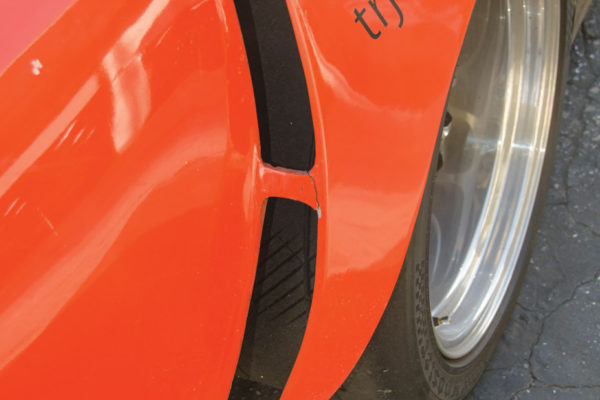
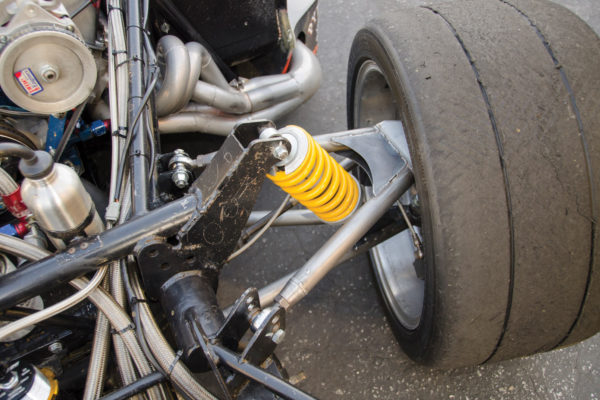
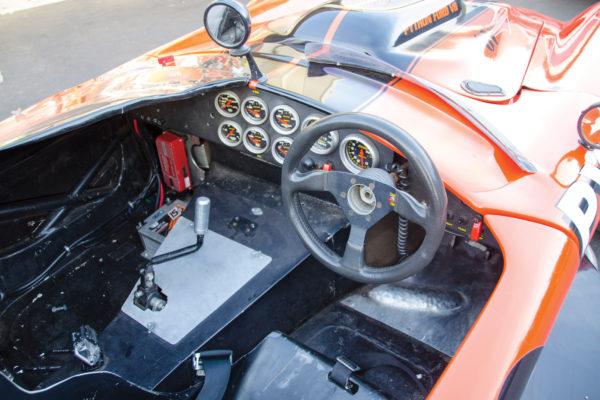
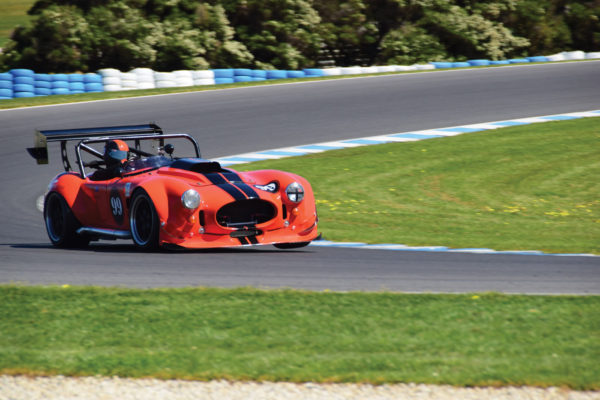
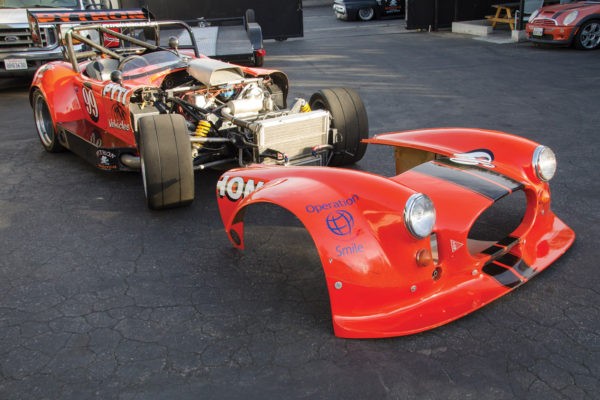
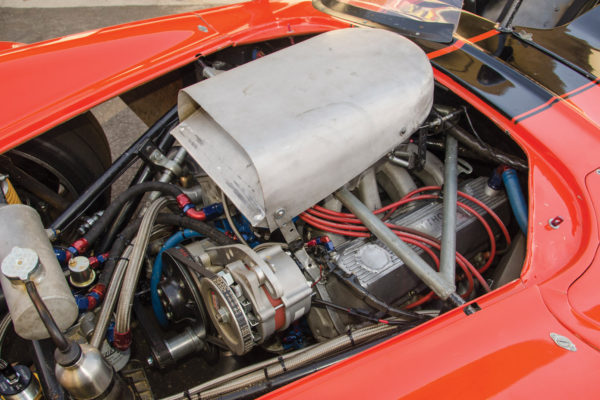
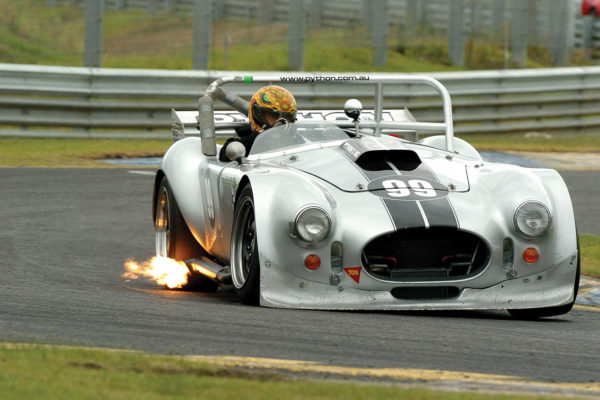
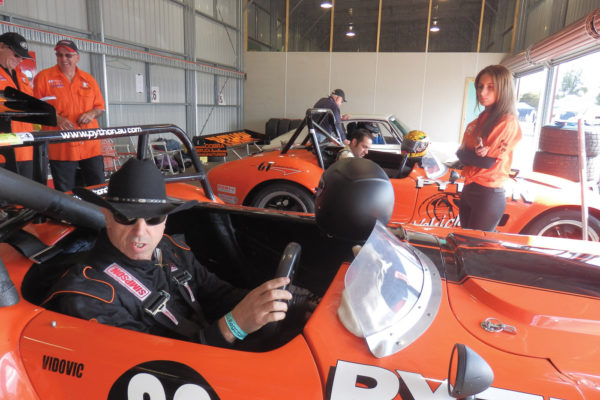
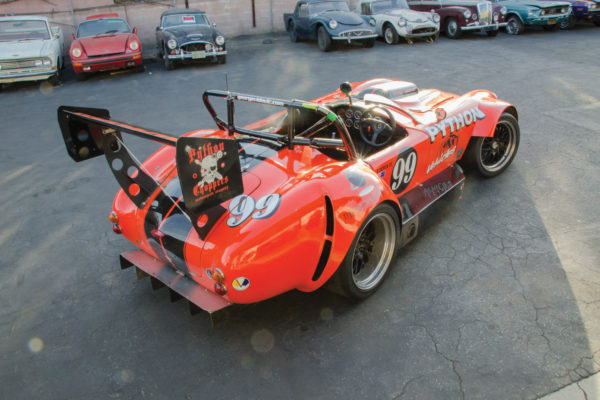
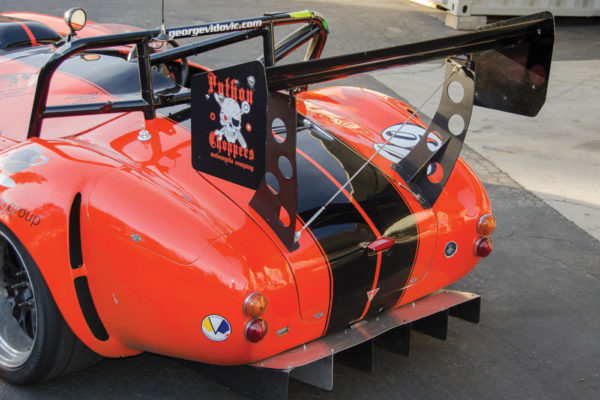
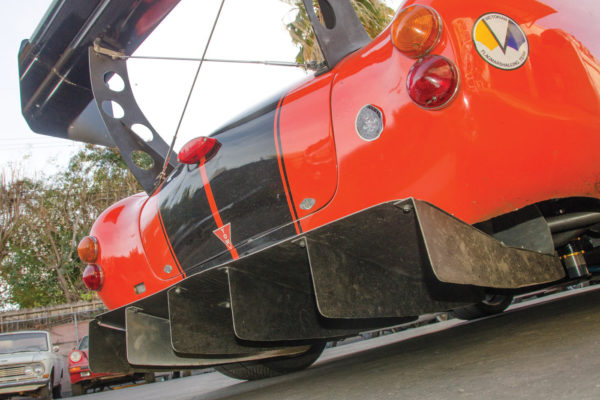
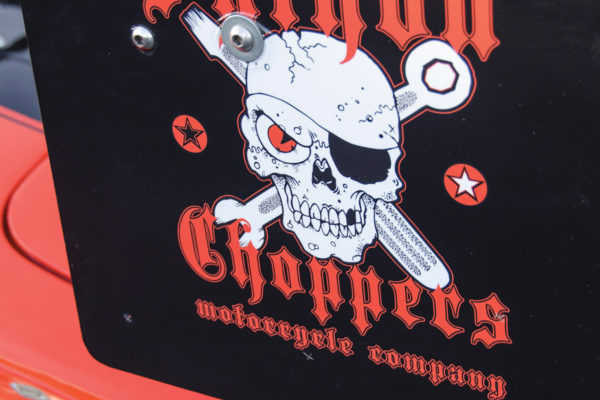
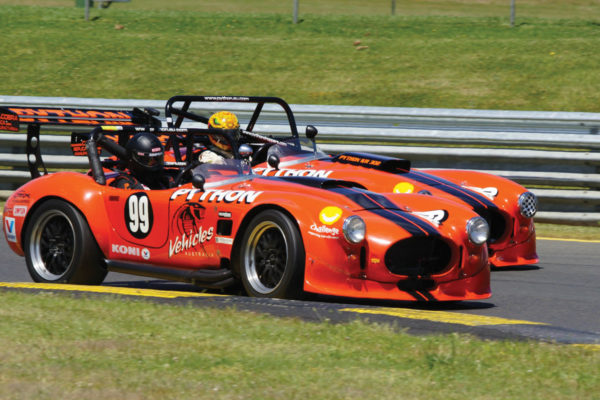
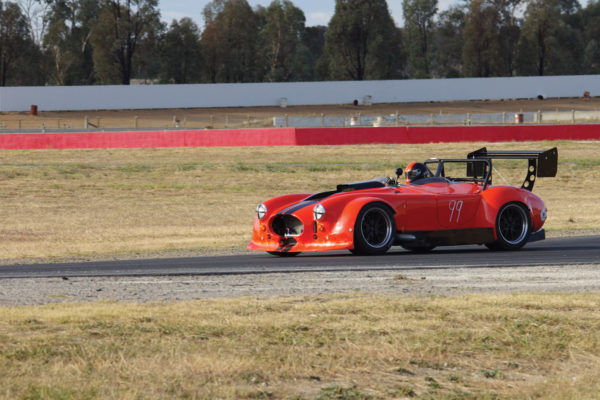
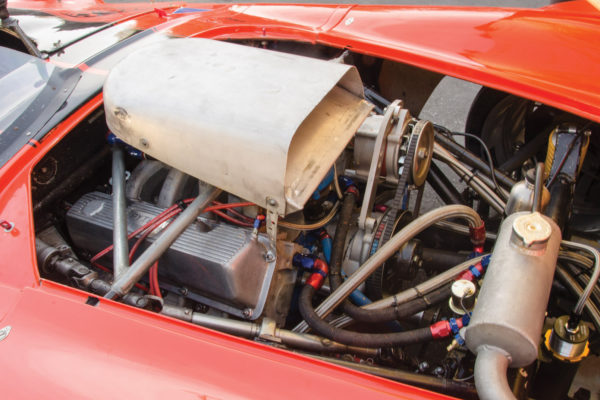
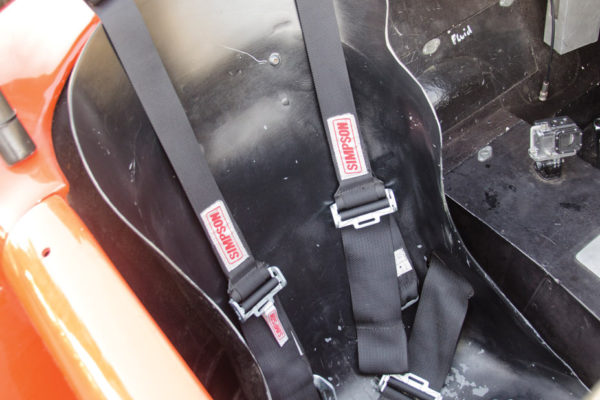
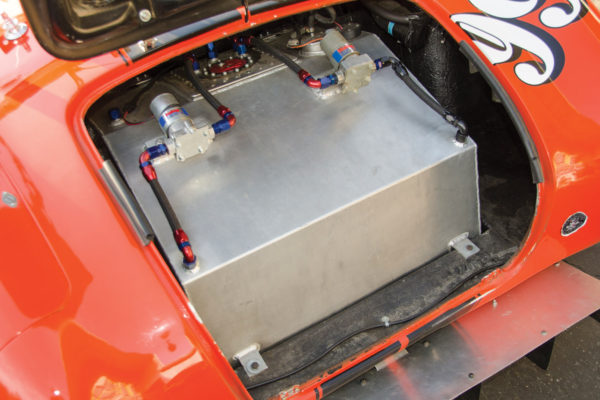
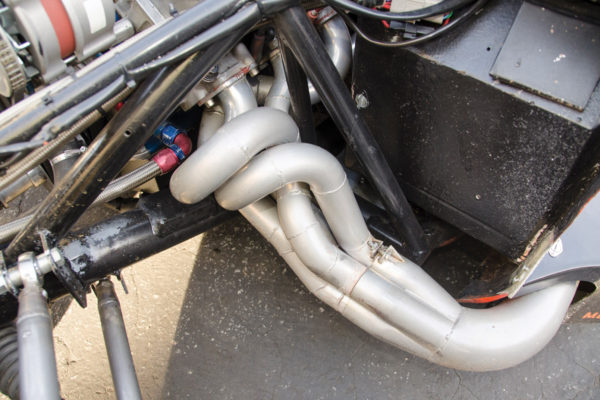
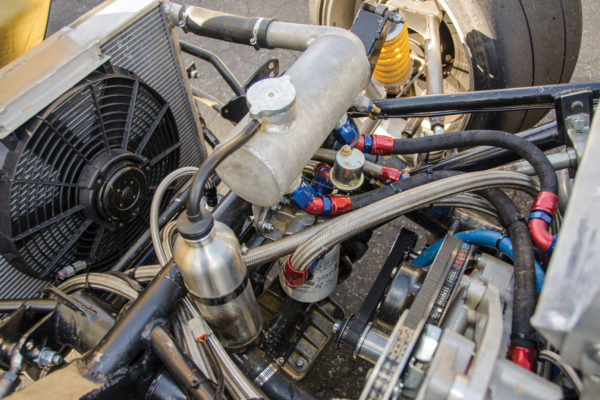
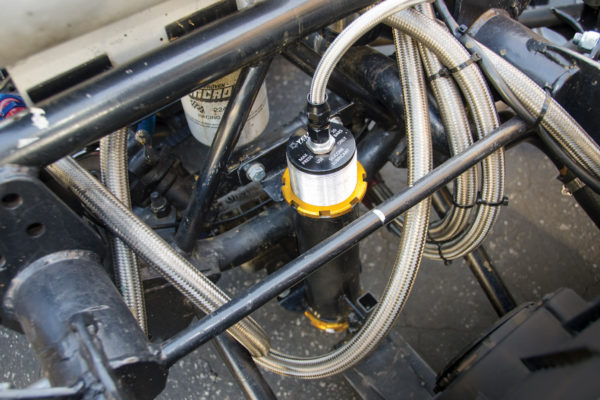
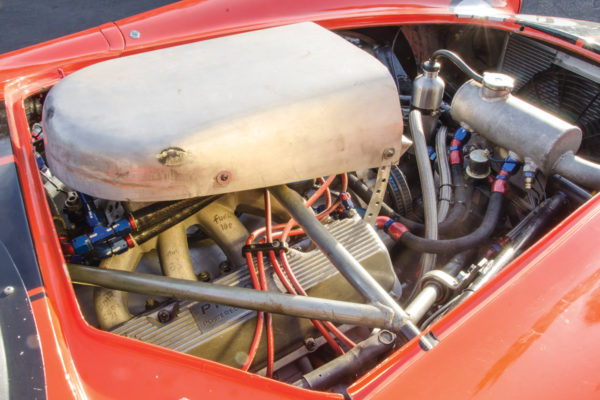
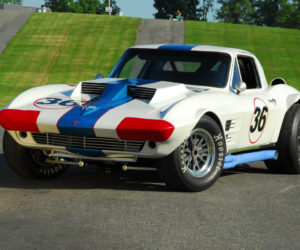
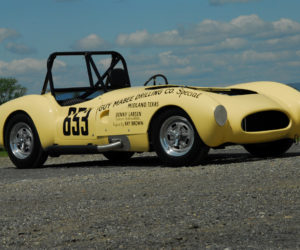
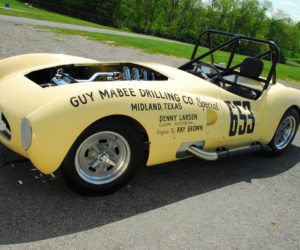
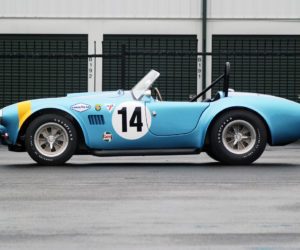
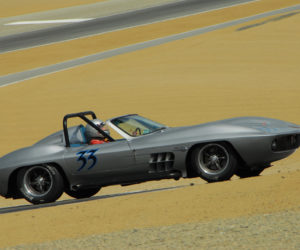





Comments for: Snake Handler
comments powered by Disqus